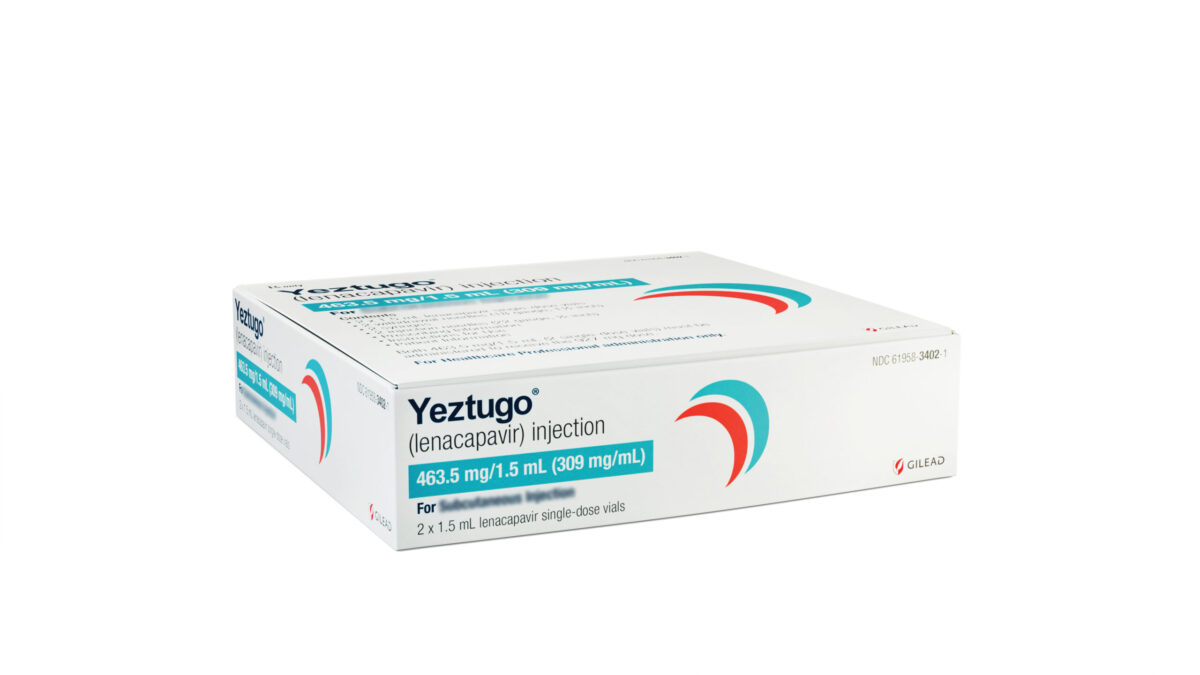A new Australian study suggests that eating fruit may lead to a reduced risk of developing type 2 diabetes. Therefore, eating an apple a day may in fact keep the doctor away.
Researchers at the Edith Cowan University’s (ECU) Institute for Nutrition Research in Perth, Australia found that consuming at least two servings of fruit a day was linked to 36 percent lower odds of developing type 2 diabetes.
The study, published yesterday in the Endocrine Society’s Journal of Clinical Endocrinology and Metabolism, revealed that two helpings of fruit led to higher measures of insulin sensitivity than those who ate less than half a serving.
Diabetes is a growing health problem globally. In 2019, approximately 463 million adults worldwide had diabetes and it is expected that this number will grow to almost 700 million by 2045. An additional 374 million people are considered to be at an increased risk of developing type 2 diabetes, which is the most common form of the disease.
According to the Centers of Disease Control and Prevention (CDC), more than 34 million people in the US have diabetes (which amounts to about one in ten) and approximately 90 percent to 95 percent of them have type 2 diabetes. A healthy diet and lifestyle can play a major role in lowering an individual’s diabetes risk.
Related: Eli Lilly’s Type 2 Diabetes Shot Tirzepatide Emerges Winner Against Semaglutide
“We found people who consumed around two servings of fruit per day had a 36 percent lower risk of developing type 2 diabetes over the next five years than those who consumed less than half a serving of fruit per day,” said study author Nicola Bondonno, PhD, in a news release from ECU.
The study revealed an association between fruit intake and the body’s need to make less insulin to maintain blood glucose levels.
Dr. Bondonno said the findings offer fresh evidence for the health benefits of fruit.
“We found an association between fruit intake and markers of insulin sensitivity, suggesting that people who consumed more fruit had to produce less insulin to lower their blood glucose levels,” said Dr. Bondonno.
She said this is of great significance because high amounts of circulating insulin (hyperinsulinemia) can damage blood vessels and are related not only to diabetes, but also high blood pressure, obesity and heart disease.
Keep it Fresh
The new study builds on evidence from previous studies that have shown links between fruit consumption and a lowered risk of type 2 diabetes. This includes a 2013 study published in the BMJ that demonstrated that consumption of whole fruits such as blueberries, grapes and apples was significantly associated with a lower risk of type 2 diabetes. Also, both the BMJ study and the latest Australian research showed that high consumption of fruit juice is associated with a higher risk.
However, a 2017 study involving a systematic review and meta-analysis of randomized controlled trials showed that consumption of 100 percent fruit juice was not associated with measures of glucose control nor an increased risk of type 2 diabetes.
In Dr. Bondonno’s study, she said they did not observe the same benefits for fruit juice.
“Higher insulin sensitivity and a lower risk of diabetes was only observed for people who consumed whole fruit, not fruit juice,” she said.
“This is likely because juice tends to be much higher in sugar and lower in fibre.”
Dr. Bondonno said the findings indicate that a healthy diet and lifestyle, which includes eating whole fruits, is a great way to lower diabetes risk.
AusDiab Study
Dr. Bondonno’s study examined data from 7,675 participants in the Baker Heart and Diabetes Institute’s AusDiab Study, which is the largest Australian longitudinal population-based study examining the natural history of diabetes, pre-diabetes, heart disease and kidney disease. The researchers evaluated fruit and fruit juice intake and the prevalence of diabetes after five years.
Participants in the study provided information on their fruit and fruit juice intake through a food frequency questionnaire. The researchers found that people who ate more whole fruits had 36 percent lower odds of developing diabetes at five years. They also found an association between fruit intake and markers of insulin sensitivity, meaning people who consumed more fruit had to produce less insulin to lower blood glucose levels.
The authors concluded that a healthy diet including whole fruits, but not fruit juice, may play a role in mitigating type 2 diabetes risk.
Dr. Bondonno said that it’s still unclear exactly how fruit contributes to insulin sensitivity, but it is likely to be multifaceted.
“As well as being high in vitamins and minerals, fruits are a great source of phytochemicals which may increase insulin sensitivity, and fibre which helps regulate the release of sugar into the blood and also helps people feel fuller for longer,” she said.
Fruits also have a low glycemic index so sugars from fruit are digested and absorbed into the body more slowly.
The study builds on Dr. Bondonno’s previous research into the health benefits of fruit and vegetables, particularly those that contain flavonoids, which are a class of heart-healthy polyphenols.












Join or login to leave a comment
JOIN LOGIN